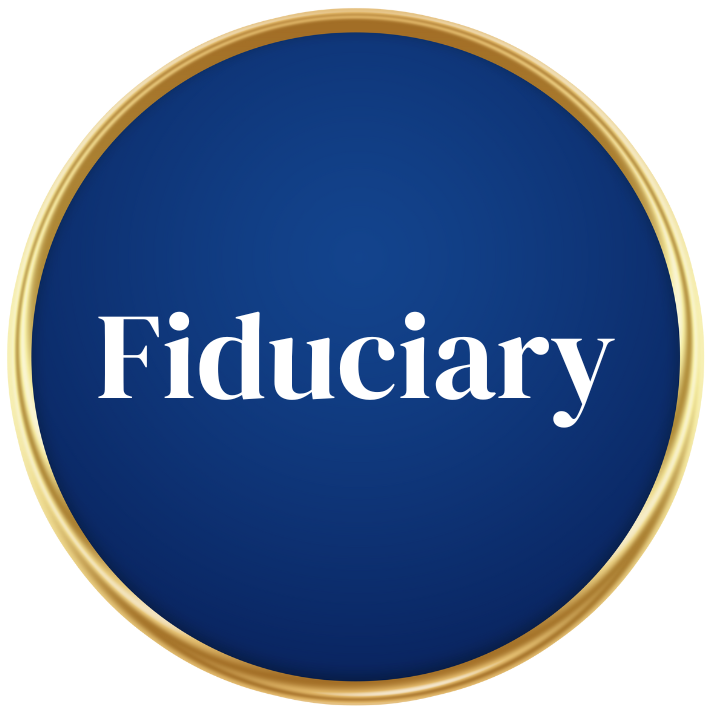
The challenge
A nationally known psychologist has a thriving practice in Los Angeles. She makes a great deal of income and has very few tax deductions. With both federal and state tax rates as high as they are and the addition of the 3.8% Medicare tax on investment income and phase-out of the personal exemption and deductions for high-income earning taxpayers, how could we save taxes for someone with few options?

What we did
As a sole proprietor with no employees and only independent contractors working for her, we wanted to maximize her ability to minimize taxes and save for retirement. We immediately funded the maximum to a SEP-IRA for the previous year (you can contribute to a SEP-IRA up until October 15 of the following year) and because it was later in the year, we also immediately created a solo 401(k) for her (in order to contribute to a 401k, it needs to be set up in the year you want to contribute).


The outcome
- Immediately by contributing to the SEP-IRA for the previous year we saved her over $10,000 in taxes.
- Additionally, instead of continuing to fund the SEP-IRA we fully funded the solo 401(k). We did an analysis based on her business entity (in this case, a sole proprietorship) and her net income. Based on these factors and her age, the solo 401(k) allowed her to contribute over twice as much per year thus saving her almost $20,000 a year in taxes.
- We accomplished all of this in a matter of days.
These examples are for illustrative purposes only. Any strategies referenced herein do not take into account the investment objectives, financial situation, or particular needs of any individual. They should not be considered individual advice, suitability must be independently determined. Individual results will vary and may be more or less favorable than in the examples shown.

Choose a fiduciary
Robert Pagliarini, Ph.D., CFP®, is a fiduciary, which means he is legally and ethically bound to act in the best interests of his clients.

